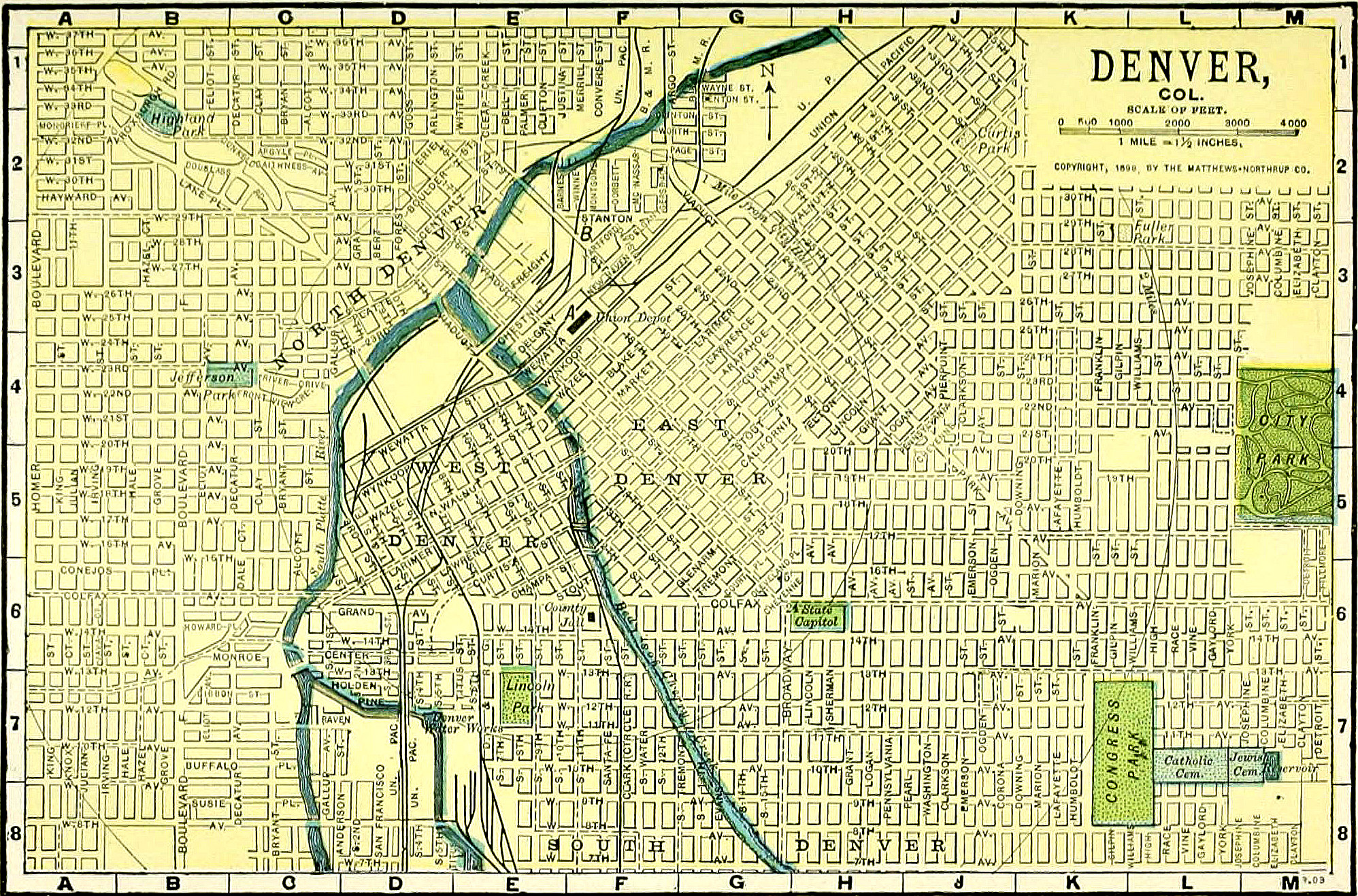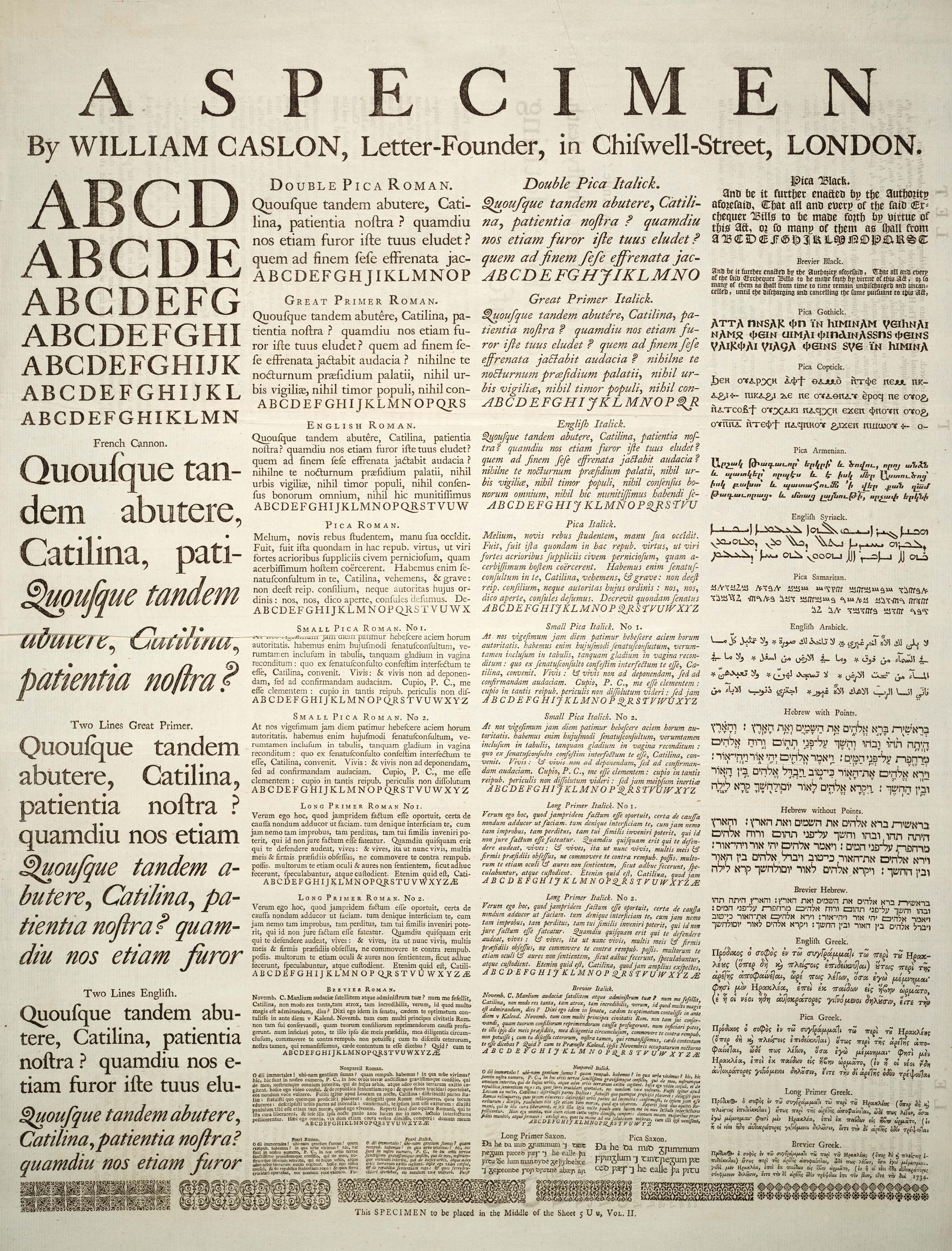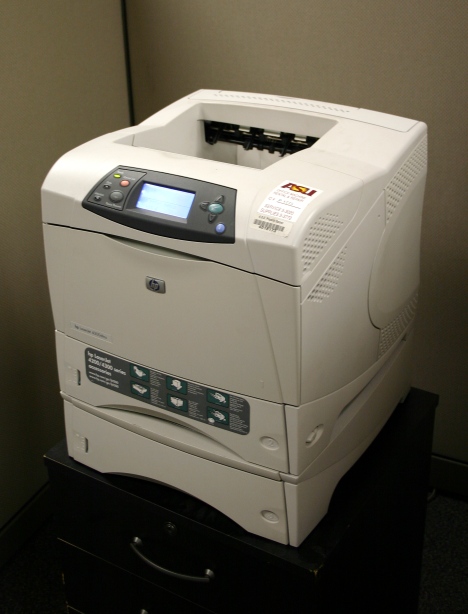|
Labeling (map Design)
Typography, as an aspect of cartographic design, is the craft of designing and placing text on a map in support of the map symbols, together representing geographic features and their properties. It is also often called map labeling or lettering, but ''typography'' is more in line with the general usage of typography. Throughout the History of cartography, history of maps to the present, their labeling has been dependent on the general techniques and technologies of typography. History For most of the history of Cartography, the text on maps was hand drawn, and Calligraphy was an essential part of the skill set of the cartographer. This did not change with the advent of printing in the 15th Century, because the dispersed placement of the text did not lend itself to the use of Movable type. Instead, printed maps, including text, were drawn, engraved, and printed using the Intaglio (printmaking), Intaglio or "copperplate" process. It was typical for the cartographer to not label ... [...More Info...] [...Related Items...] OR: [Wikipedia] [Google] [Baidu] |
Maps Template-en
A map is a symbolic depiction of interrelationships, commonly spatial, between things within a space. A map may be annotated with text and graphics. Like any graphic, a map may be fixed to paper or other durable media, or may be displayed on a transitory medium such as a computer screen. Some maps change interactively. Although maps are commonly used to depict geographic elements, they may represent any space, real or fictional. The subject being mapped may be two-dimensional such as Earth's surface, three-dimensional such as Earth's interior, or from an abstract space of any dimension. Maps of geographic territory have a very long tradition and have existed from ancient times. The word "map" comes from the , wherein ''mappa'' meant 'napkin' or 'cloth' and ''mundi'' 'of the world'. Thus, "map" became a shortened term referring to a flat representation of Earth's surface. History Maps have been one of the most important human inventions for millennia, allowing humans t ... [...More Info...] [...Related Items...] OR: [Wikipedia] [Google] [Baidu] |
Swisstopo
Swisstopo is the official name for the Swiss Federal Office of Topography, Switzerland's national mapping agency. The current name was made official in 2002. It had been used as the domain name for the homepage of the instituteswisstopo.admin.ch since 1997. Maps The main class of products produced by Swisstopo are topographical maps on seven different Scale (map), scales. Swiss maps have been praised for their accuracy and quality. Regular maps * 1:25.000. This is the most detailed map, useful for many purposes. Those are popular with tourists, especially for famous areas like Zermatt and St. Moritz. These maps cost CHF 13.50 each (2004). 208 maps on this scale are published at regular intervals. The first map published on this scale was ''1125 Chasseral'', in 1952. The last map published on this scale was ''1292 Maggia'', in 1972. Since 1956, composites have been published, starting with ''2501 St. Gallen''. They have the same information, but consist of several parts of re ... [...More Info...] [...Related Items...] OR: [Wikipedia] [Google] [Baidu] |
Visual Hierarchy
Visual hierarchy, according to Gestalt psychology, is a pattern in the visual field wherein some elements tend to "stand out," or attract attention, more strongly than other elements, suggesting a hierarchy of importance. While it may occur naturally in any visual field, the term is most commonly used in design (especially graphic design and cartography), where elements are intentionally designed to make some look more important than others. This order is created by the visual Contrast (vision), contrast between forms in a field of perception. Objects with highest contrast to their surroundings are recognized first by the human mind. Evidence There is some scientific evidence for visual hierarchy using eye tracking. For example, one study found that when people agree that a graphic design is good, they exhibit more similar eye movements; measured by the Fréchet distance. Theory The concept of visual hierarchy is based in Gestalt psychology, Gestalt psychological theory, an early ... [...More Info...] [...Related Items...] OR: [Wikipedia] [Google] [Baidu] |
Contrast (vision)
Contrast is the difference in luminance or color that makes an object (or its representation in an image or display) visible against a background of different luminance or color. The human visual system is more sensitive to contrast than to absolute luminance; thus, we can perceive the world similarly despite significant changes in illumination throughout the day or across different locations. The maximum contrast of an image is termed the contrast ratio or dynamic range. In images where the contrast ratio approaches the maximum possible for the medium, there is a ''conservation of contrast''. In such cases, increasing contrast in certain parts of the image will necessarily result in a decrease in contrast elsewhere. Brightening an image increases contrast in darker areas but decreases it in brighter areas; conversely, darkening the image will have the opposite effect. Bleach bypass reduces contrast in the darkest and brightest parts of an image while enhancing luminance contr ... [...More Info...] [...Related Items...] OR: [Wikipedia] [Google] [Baidu] |
Legibility
Legibility is the ease with which a reader can decode symbols. In addition to written language, it can also refer to behaviour or architecture, for example. From the perspective of communication research, it can be described as a measure of the permeability of a communication channel. A large number of known factors can affect legibility. In everyday language, legibility is commonly used as a synonym for readability. In graphic design, however, legibility is often distinguished from readability. Readability is the ease with which a reader can follow and understand words, sentences and paragraphs. While legibility usually refers to the visual clarity of individual symbols, readability is more about their arrangement or even the choice of words. Legibility is a component of readability. The legibility of text is most often examined by controlled deterioration of viewing conditions and determination of threshold detection. Not all writing benefits from optimizing for legibility. T ... [...More Info...] [...Related Items...] OR: [Wikipedia] [Google] [Baidu] |
Ordnance Survey
The Ordnance Survey (OS) is the national mapping agency for Great Britain. The agency's name indicates its original military purpose (see Artillery, ordnance and surveying), which was to map Scotland in the wake of the Jacobite rising of 1745. There was also a more general and nationwide need in light of the potential threat of invasion during the Napoleonic Wars. Since 1 April 2015, the Ordnance Survey has operated as Ordnance Survey Ltd, a state-owned enterprise, government-owned company, 100% in public ownership. The Ordnance Survey Board remains accountable to the Secretary of State for Science, Innovation and Technology. It was also a member of the Public Data Group. Paper maps represent only 5% of the company's annual revenue. It produces digital map data, online route planning and sharing services and mobile apps, plus many other location-based products for business, government and consumers. Ordnance Survey mapping is usually classified as either "Scale (map), lar ... [...More Info...] [...Related Items...] OR: [Wikipedia] [Google] [Baidu] |
Visual Hierarchy
Visual hierarchy, according to Gestalt psychology, is a pattern in the visual field wherein some elements tend to "stand out," or attract attention, more strongly than other elements, suggesting a hierarchy of importance. While it may occur naturally in any visual field, the term is most commonly used in design (especially graphic design and cartography), where elements are intentionally designed to make some look more important than others. This order is created by the visual Contrast (vision), contrast between forms in a field of perception. Objects with highest contrast to their surroundings are recognized first by the human mind. Evidence There is some scientific evidence for visual hierarchy using eye tracking. For example, one study found that when people agree that a graphic design is good, they exhibit more similar eye movements; measured by the Fréchet distance. Theory The concept of visual hierarchy is based in Gestalt psychology, Gestalt psychological theory, an early ... [...More Info...] [...Related Items...] OR: [Wikipedia] [Google] [Baidu] |
NPS Bryce-canyon-national-park-map
NPS may refer to: Organizations * National Park Service (Taiwan), National Park Service, Taiwan * National Park Service, U.S. * National Pension System, India * National Pension Service, Korea * National Phobics Society, UK charity * National Piers Society, UK charity * National Poetry Slam, competition * National Probation Service, a statutory criminal justice service for England and Wales * Nederlandse Programma Stichting, a Dutch broadcasting foundation now part of ''Omroep NTR'' * Nigerian Prisons Services * NPS MedicineWise, known prior to 2009 as the National Prescribing Service, a medical information provider in Australia * Nunavik Police Service in Quebec, Canada Science, medicine and pharmaceutics * Nail–patella syndrome, an autosomal dominant genetic disorder * Neuropeptide S, a neuropeptide found in human and mammalian brain * Novel psychoactive substance or new psychoactive substance (often used interchangeably) * Nonpoint source pollution * NPS Pharmaceuticals, ... [...More Info...] [...Related Items...] OR: [Wikipedia] [Google] [Baidu] |
Typeface
A typeface (or font family) is a design of Letter (alphabet), letters, Numerical digit, numbers and other symbols, to be used in printing or for electronic display. Most typefaces include variations in size (e.g., 24 point), weight (e.g., light, bold), slope (e.g., italic), width (e.g., condensed), and so on. Each of these variations of the typeface is a font. There are list of typefaces, thousands of different typefaces in existence, with new ones being developed constantly. The art and craft of designing typefaces is called type design. Designers of typefaces are called type designers and are often employed by type foundry, type foundries. In desktop publishing, type designers are sometimes also called "font developers" or "font designers" (a typographer is someone who ''uses'' typefaces to design a page layout). Every typeface is a collection of glyphs, each of which represents an individual letter, number, punctuation mark, or other symbol. The same glyph may be used for ch ... [...More Info...] [...Related Items...] OR: [Wikipedia] [Google] [Baidu] |
Geographic Information Systems
A geographic information system (GIS) consists of integrated computer hardware and software that store, manage, analyze, edit, output, and visualize geographic data. Much of this often happens within a spatial database; however, this is not essential to meet the definition of a GIS. In a broader sense, one may consider such a system also to include human users and support staff, procedures and workflows, the body of knowledge of relevant concepts and methods, and institutional organizations. The uncounted plural, ''geographic information systems'', also abbreviated GIS, is the most common term for the industry and profession concerned with these systems. The academic discipline that studies these systems and their underlying geographic principles, may also be abbreviated as GIS, but the unambiguous GIScience is more common. GIScience is often considered a subdiscipline of geography within the branch of technical geography. Geographic information systems are utilized in mu ... [...More Info...] [...Related Items...] OR: [Wikipedia] [Google] [Baidu] |
Inkjet Printing
Inkjet printing is a type of computer printing that recreates a digital image by propelling droplets of ink onto paper or plastic substrates. Inkjet printers were the most commonly used type of printer in 2008, and range from small inexpensive consumer models to expensive professional machines. By 2019, laser printers outsold inkjet printers by nearly a 2:1 ratio, 9.6% vs 5.1% of all computer peripherals. The concept of inkjet printing originated in the 20th century, and the technology was first extensively developed in the early 1950s. While working at Canon in Japan, Ichiro Endo suggested the idea for a "bubble jet" printer, while around the same time Jon Vaught at Hewlett-Packard (HP) was developing a similar idea. In the late 1970s, inkjet printers that could reproduce digital images generated by computers were developed, mainly by Epson, HP and Canon. In the worldwide consumer market, four manufacturers account for the majority of inkjet printer sales: Canon, HP, Ep ... [...More Info...] [...Related Items...] OR: [Wikipedia] [Google] [Baidu] |
Laser Printing
Laser printing is an electrostatic digital printing process. It produces high-quality text and graphics (and moderate-quality photographs) by repeatedly passing a laser beam back and forth over a Electric charge, negatively charged cylinder called a "drum" to define a differentially charged image. The drum then selectively collects electrically charged powdered ink (toner (printing), toner), and transfers the image to paper, which is then heated to permanently fuse the text, imagery, or both to the paper. As with digital photocopiers, laser computer printer, printers employ a Xerography, xerographic printing process. Laser printing differs from traditional xerography as implemented in analog photocopiers in that in the latter, the image is formed by reflecting light off an existing document onto the exposed drum. The laser printer was invented at Xerox PARC (company), PARC in the 1970s. Laser printers were introduced for the office and then home markets in subsequent years by IBM ... [...More Info...] [...Related Items...] OR: [Wikipedia] [Google] [Baidu] |







